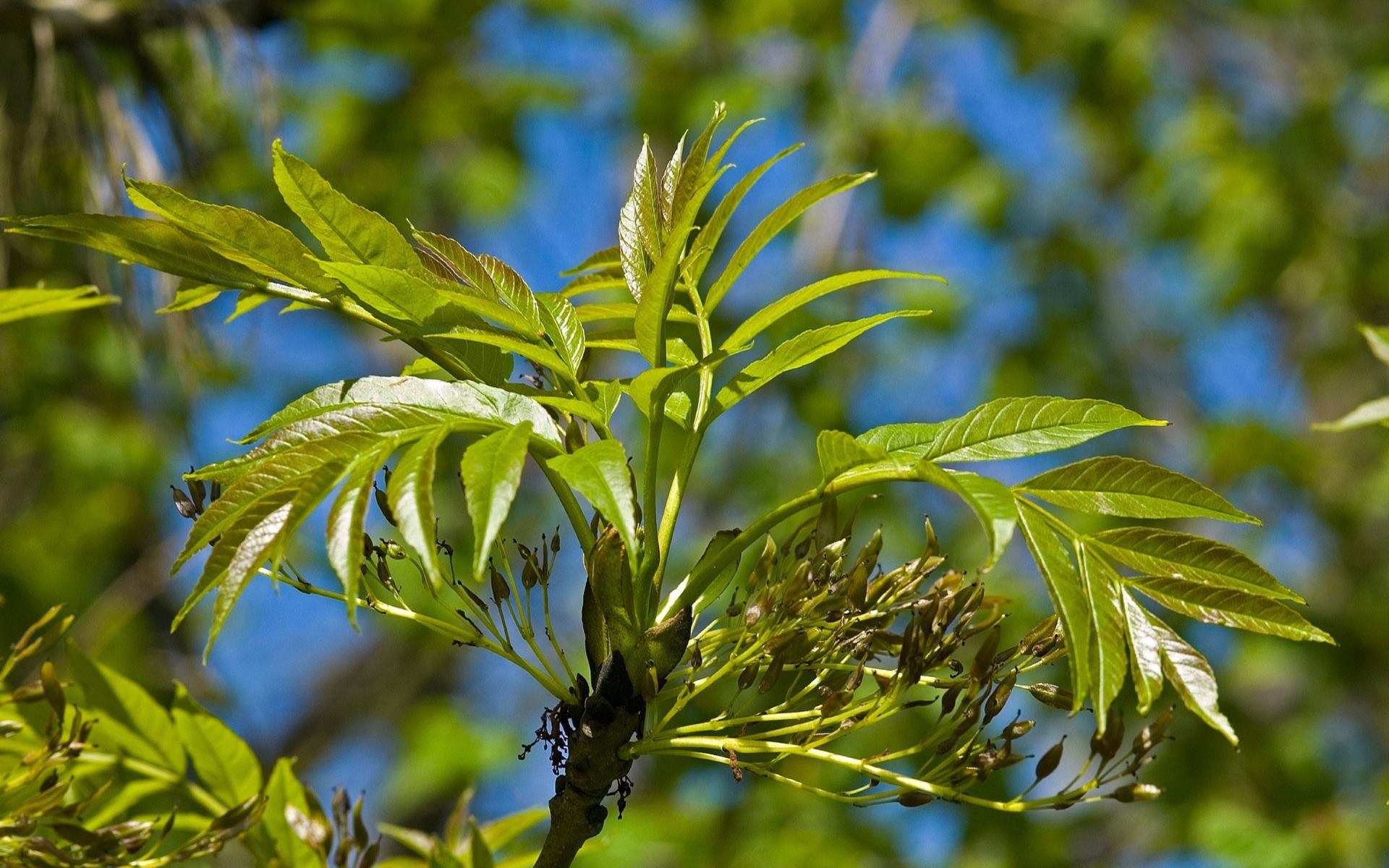
Ever wondered about the majestic ash trees that grace our landscapes, offering shade and beauty? Well, you're in for a treat! Ash trees, known for their sturdy wood and lush foliage, hold secrets and stories that are as fascinating as they are ancient. From their role in mythology to their environmental impact, these trees are more than just a pretty sight. They're a vital part of our natural world, with a history and significance that might just surprise you. So, why do ash trees matter, and what makes them so special? Ash trees are not only essential for the ecosystem but also steeped in cultural significance, making them an intriguing subject for anyone curious about the natural world. Let's dive into the leafy world of ash trees and uncover some of the most interesting facts about these forest giants.
Ash trees, known scientifically as part of the genus Fraxinus, are deciduous trees that are valued for their hard wood and aesthetic appeal. These trees have a rich history and play a significant role in various ecosystems. Here are 25 fascinating facts about ash trees that highlight their importance and beauty.
What Makes Ash Trees Stand Out?
-
Ash trees can grow up to 80 feet tall, making them a prominent feature of many landscapes. Their height contributes to their majestic appearance and provides ample shade during sunny days.
-
These trees are known for their compound leaves, which consist of 5 to 11 leaflets. This unique feature helps differentiate ash trees from other tree species.
-
The wood of ash trees is incredibly tough and elastic, making it a preferred material for making tools, baseball bats, and furniture. Its durability and flexibility are unmatched by many other types of wood.
The Ecological Importance of Ash Trees
-
Ash trees play a crucial role in their ecosystems by providing habitat and food for various wildlife species. Birds and small mammals often use ash trees as nesting sites.
-
They contribute to soil enrichment through the decomposition of their leaves, which adds essential nutrients back into the earth, promoting a healthy growing environment for other plants.
-
These trees are also excellent at absorbing carbon dioxide from the atmosphere, helping to mitigate the effects of climate change. Their large size and leaf area make them efficient at sequestering carbon.
Historical and Cultural Significance
-
In Norse mythology, an ash tree known as Yggdrasil is considered the "World Tree," a central element in the cosmos connecting different worlds. This highlights the deep cultural significance ash trees have had throughout history.
-
Ash wood was used in the Middle Ages for constructing weapons and tools. Its strength and resilience made it an ideal choice for these purposes.
-
The tree’s association with strength and protection can be found in various folklore and myths across different cultures, emphasizing its importance beyond just a physical presence.
Threats to Ash Trees
-
One of the major threats to ash trees is the emerald ash borer, a beetle that has killed millions of ash trees in North America. This invasive species poses a significant risk to the survival of ash populations.
-
Ash dieback, caused by a fungus, is another serious disease that affects ash trees, leading to leaf loss, bark lesions, and ultimately the death of the tree. This disease has spread across Europe, causing widespread damage.
-
Climate change also poses a threat by altering the habitats suitable for ash trees, potentially leading to a decrease in their population.
Ash Trees in Landscaping and Urban Planning
-
Due to their aesthetic appeal and fast growth, ash trees are commonly planted in parks, along streets, and in private gardens. They add beauty and greenery to urban environments.
-
Ash trees can help reduce urban heat island effect by providing shade and cooling the air, making cities more comfortable during hot summer months.
-
Their ability to absorb pollutants makes them valuable in improving air quality in urban areas, where pollution is a significant concern.
Conservation Efforts for Ash Trees
-
Conservationists are working to develop resistant strains of ash trees that can withstand the threats of emerald ash borer and ash dieback. This research is crucial for the survival of the species.
-
Reforestation projects involving ash trees are being implemented in areas where the population has declined due to disease or pests. These efforts aim to restore the ecological balance and ensure the future of ash trees.
-
Public awareness campaigns are essential in educating people about the threats to ash trees and how they can help prevent the spread of diseases and pests.
Fun Facts About Ash Trees
-
Ash trees can live for hundreds of years, with some specimens reaching ages of over 250 years. Their longevity is a testament to their resilience.
-
The seeds of ash trees, known as samaras, are shaped like a paddle, which helps them disperse far from the parent tree, carried by the wind.
-
Ash trees have a distinct spring flower that blooms before the leaves emerge. These flowers are often unnoticed but add to the tree's charm.
-
In some cultures, ash wood is believed to have magical properties, including the power to ward off evil spirits.
-
Ash trees change color beautifully in the fall, displaying vibrant yellows and purples that enhance autumn landscapes.
-
The name "ash" is derived from the Old English word "æsc," which means "spear", referencing the tree's use in making weapons.
-
Finally, ash trees are not just beneficial to the environment and wildlife but are also a source of inspiration and wonder for people who appreciate their history, beauty, and resilience.
A Final Leaf on Ash Trees
Ash trees, with their towering presence and lush canopies, offer more than just shade and scenic beauty. They're powerhouses of ecological support, providing habitats and food for various wildlife species. Their wood, known for strength and flexibility, plays a crucial role in industries and sports, making them invaluable to both nature and human endeavors. Sadly, threats like the emerald ash borer pose significant risks, highlighting the need for awareness and action in preserving these majestic trees. Understanding and appreciating the myriad benefits ash trees bring to our environment and lives is crucial. Let's champion their cause, ensuring they continue to thrive for generations to come. After all, every leaf, branch, and trunk tells a story of resilience, beauty, and interconnectedness in our world.
Was this page helpful?
Our commitment to delivering trustworthy and engaging content is at the heart of what we do. Each fact on our site is contributed by real users like you, bringing a wealth of diverse insights and information. To ensure the highest standards of accuracy and reliability, our dedicated editors meticulously review each submission. This process guarantees that the facts we share are not only fascinating but also credible. Trust in our commitment to quality and authenticity as you explore and learn with us.


